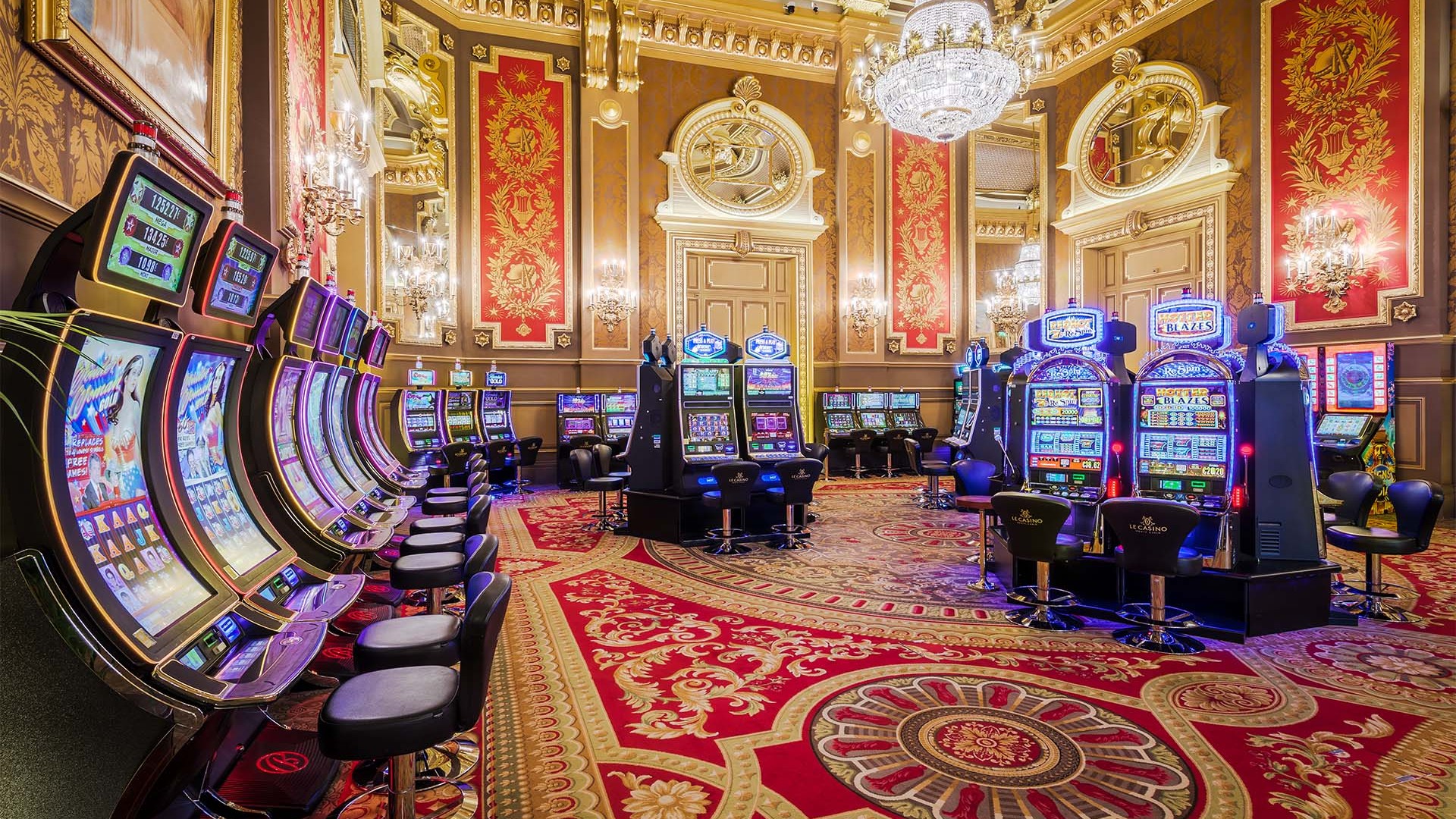
Within a lively and stimulating world of casinos, where fortune and tactics intertwine, color and aesthetic play a key role in attracting players. From the moment visitors step into a casino or log into a gaming website, they are enveloped in a visual feast that grabs their attention and lures them to explore more. Vivid colors, captivating graphics, and creative layouts are meticulously crafted to create an atmosphere of excitement and anticipation, ultimately improving the gaming experience. https://bett88.co/
While players move through the ever-changing landscape of casino games, they come across a range of designs that not only serve visual purposes but also influence emotions and decision-making. Colors like scarlet and yellow symbolize riches and luck, while calm navy and greens can create a more tranquil environment. Grasping how these elements work together enables casinos to create an welcoming and energizing atmosphere that encourages players to engage with the games, spend additional time at the tables, and increase their overall enjoyment.
The Study of Color in Gambling Games
Tint plays a crucial role in the development of gaming experiences, influencing players’ feelings and responses. Vivid and bold colors, such as scarlet and amber, are often used to stimulate thrill and capture focus. These hues create a sense of immediacy and vitality, encouraging participants to engage more enthusiastically with the experience. By strategically selecting tints, designers aim to elicit feelings of pleasure and excitement, which can enhance the overall gaming experience.
Various colors also have psychological connotations that can affect how gamblers perceive their possibilities of winning. For instance, lime is often associated with luck and prosperity, making it a well-liked choice in activities like roulette and poker tables. This link can cause players to feel more optimistic and confident in their play, ultimately encouraging them to wager more. Understanding these links allows game developers to craft environments that enhance player satisfaction and retention.
In addition, the interface of gambling game interfaces often uses gradients and opposing hues to instruct player actions. For example, successful outcomes may be highlighted with vivid, differing shades, creating a visual incentive. This approach strengthens positive outcomes and supports repeated gameplay. By leveraging the science of color, gaming venues can create games that not only attract gamblers but also maintain them engaged and dedicated in their play experience.
Design Elements that Engage Gamers
The visual appeal of gambling games is primarily influenced by the use of vibrant colors. Bright and contrasting colors are deliberately chosen to create an inviting atmosphere that captures interest. For instance, crimson and golds often signify luck and wealth, which is why they are common in the palettes of slot machines and table surfaces. These colors not only draw players in, but they also stir emotions associated with thrill and anticipation, enhancing the overall gaming experience. BET88 COM
In parallel to color, the design and organization of casino games play a significant role in player attraction. Games are designed to be user-friendly, ensuring that players can easily understand the guidelines and gameplay. User-friendly interfaces, along with engaging graphics and animations, help maintain gamer interest and encourage longer play sessions. The physical elements, such as the feel of the controls and the sounds of the games, also contribute to a holistic sensory experience that keeps players engaged.
In conclusion, conceptual elements in game design can greatly influence player choice. Many gambling games are inspired by media, myths, or adventure themes, featuring symbols and characters that connect with players. These themes create a sense of engagement and relatability, making each game feel distinct. When players feel a connection to the theme, they are more likely to choose that game over others, leading to higher participation and excitement within the casino environment.
Case Studies: Effective Casino Table Game Designs
One noteworthy example of impressive casino game design is the well-known slot machine series themed around hit movies. Games such as those based on the The Wizard of Oz and Game of thrones utilize vibrant colors and high-quality graphics to engage players in well-known narratives. The use of dynamic visuals and engaging sound effects grabs the interest of players, building an psychological connection to the theme. This tactic not only fosters longer play but also boosts the overall gaming experience, leading to increased player retention.
Another notable case is the use of color in table games like 21 and roulette. Casinos often create these games with deep reds and greens, colors traditionally connected with luck and wealth. For instance, the green felt on a 21 table provides a calming effect, while the red accents in roulette invite thrill. This thoughtful use of color helps to foster an inviting atmosphere that motivates players to join in, fulfilling their psychological impulses and enhancing their enjoyment.
Finally, social casino games that incorporate community features and lively, lively designs have experienced remarkable success in engaging players. Games like Zynga Poker and Slot-O-Mania leverage striking colors and playful animations to create an inviting online environment. The addition of leaderboards, social sharing options, and in-game rewards promotes competition and community, attracting players in for longer sessions. Such designs merely make the games visually attractive but also underscore social interaction, a key factor in player retention and engagement within digital casino environments.
